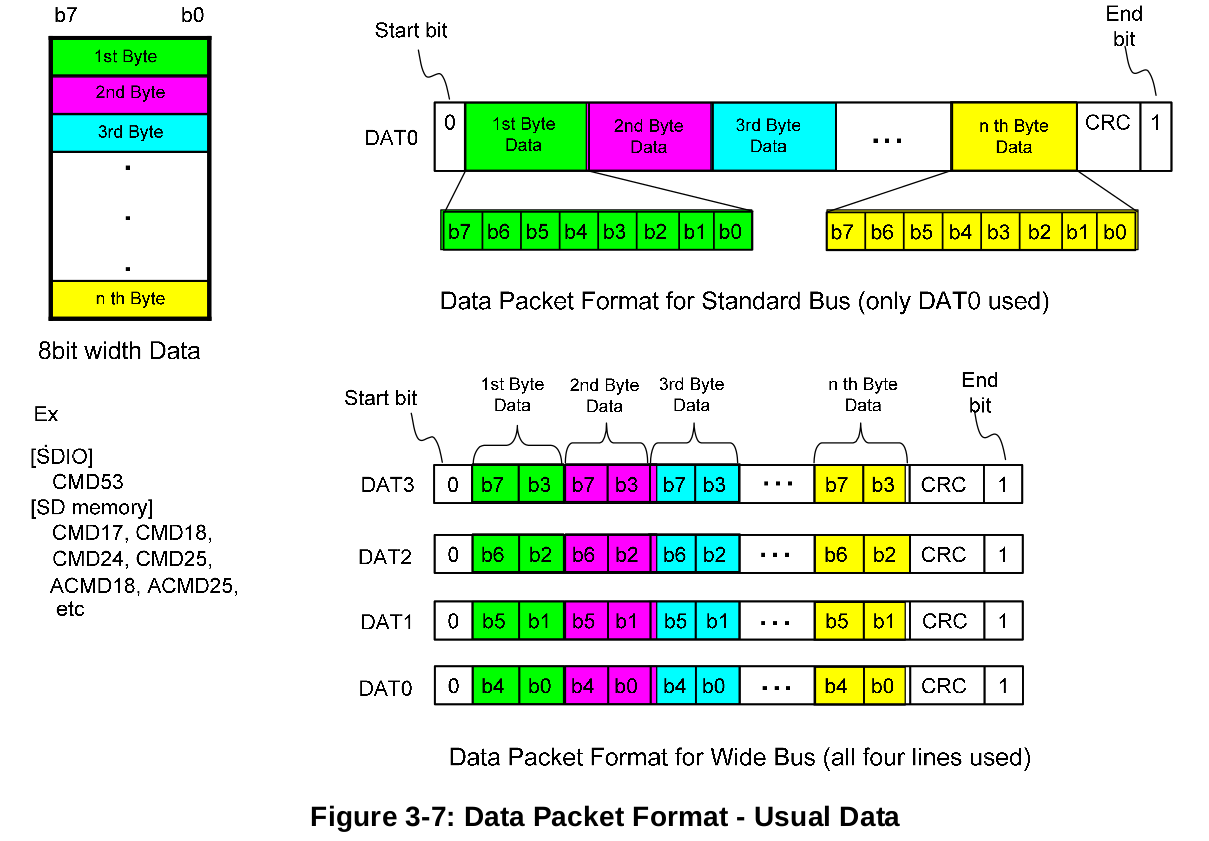Data Packets
A packet is a bit of data that is packaged for transmission over a packet switched network. It is a small amount of data sent over a network, such as a LAN or the Internet. Similar to a real-life package, each packet includes a source and destination as well as the content (or data) being transferred. If the packets are larger, it is split into a number of datagrams then when the packets reach their destination; they are reassembled into a single file or other contiguous block of data. The exact structure of a packet varies between protocols. A typical packet includes two sections, a header and payload. The header store information about the packet while the payload section of a packet contains the actual data being transferred. In the seven-layer OSI model of computer networking, packet strictly refers to a protocol data unit at layer 3, the network layer. The packets carry the data in Transmission Control Protocol/Internet Protocol (TCP/IP) that the Internet uses. Each packet contains part of the body of your message. A typical packet contains perhaps 1,000 or 1,500 bytes of data.
